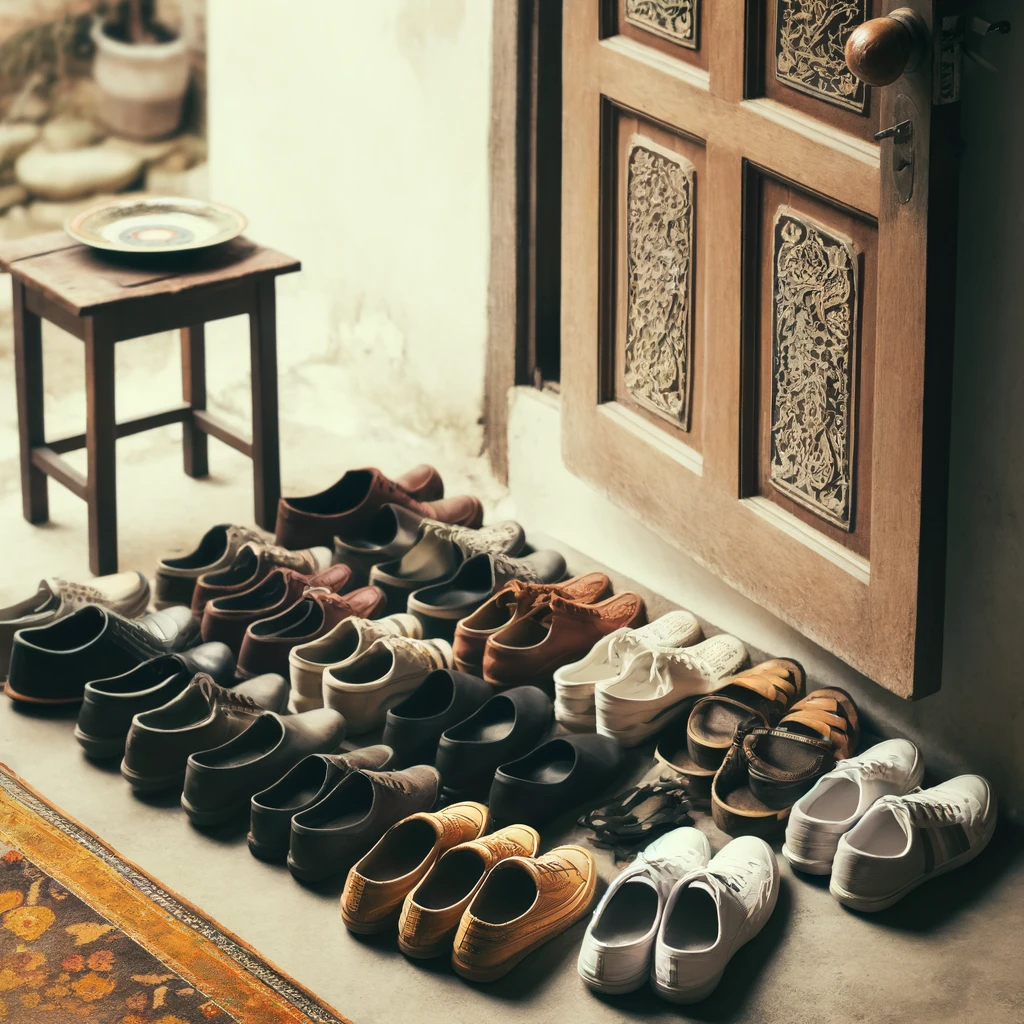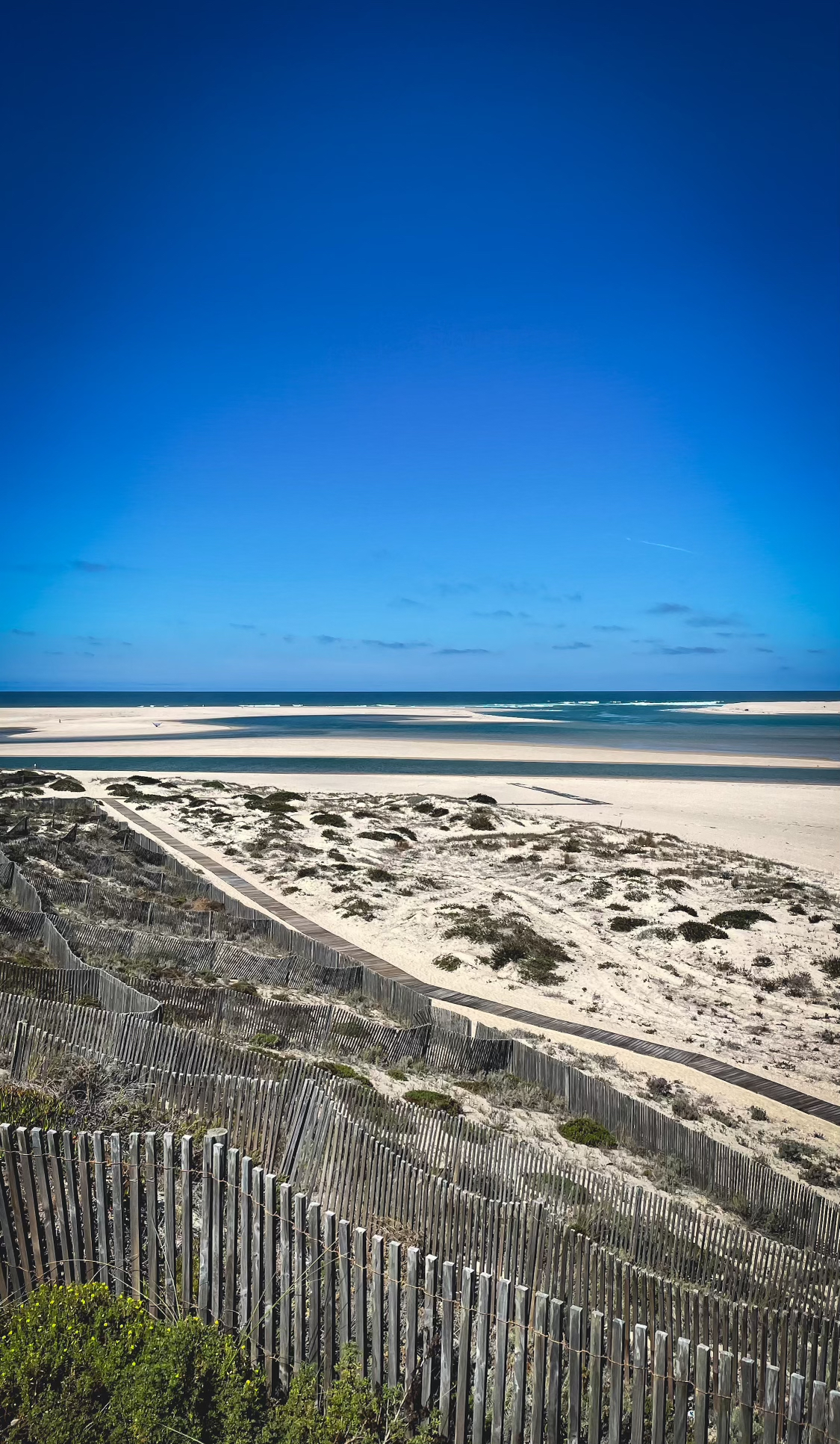Embarking on a backpacking journey through Asia is an exciting prospect filled with diverse cultures, landscapes, and experiences. Here’s a comprehensive guide to help you plan, immerse, and stay safe while making the most of your adventure.
1. Research Visa Requirements Thoroughly
Unlike visiting Europe where most countries are part of the EU, each Asian country has distinct visa policies and Customs procedures.
While places like China and India necessitate advanced planning for visas, Southeast Asian countries often offer visas on arrival or e-visas. It’s worth checking the embassy’s website for up-to-date information. There may also be requirements to have a departing ticket booked before boarding your flight. Airlines may withhold your boarding pass until you can provide proof or a return ticket. In a pinch you can use sites like http://dummyticket247.com to keep your travel open ended. These start around $12 and if you travel like I do and decide on a whim where you’re going to fly tomorrow, it just may come in handy.
2. Plan for the Climate and Seasonal Changes
Asia’s climate ranges from Central Asian deserts to Southeast Asia’s tropical rainforests.
Study weather patterns to choose the best visit times, considering monsoon seasons and extreme temperatures. Pack essentials like tight mid layers and puffer jackets that are compact. Luckily many major clothing brands produce their outerwear in places like Vietnam. So you may be able to score a super high quality jacket for a fraction of the price.
3. With any amount of walking – the backpack matters
Select a comfortable backpack especially if you intend on taking the budget traveler mindset with you on your adventure.
Comfort is key when moving. Those long walks between airports, bus stations, hostels, trains and boats can really give you pins and needles when you’re on the move. A nice padded and well placed hip belt can take a huge load off your shoulders and place it on your hips. I opted for this smaller, 40L backpack duffel hybrid with a nice airframe from Osprey. It’s small enough to pass for carry ons, has very comfortable and sturdy straps and has a way to put away and protect the straps and back pad if it should ever need to be checked in. This happens sometimes on smaller planes or when required to put bags below deck on a bus.
4. Embrace Local Transport for Authentic Experiences
From rickshaws to trains, local transport offers a glimpse into daily life and cost savings.
Prioritize safety, especially on motorbikes or in crowded areas but embrace this way of travel. Talk to people for information on how much things cost before trying to negotiate with taxi drivers and tuk tuks. Take some time to people watch. I once spent some time noticing how many people would fit on one motorbike. It only took a few minutes sitting near a main road in Silang, Caviete in the Philippines before I saw one small motorcycle with 3 adults and 3 children all making their way down the highway. In Southern Morocco shared taxis are available for 2 Dirhams (about $.20 USD). These shared taxis act like buses where they travel a (mostly) predetermined route and if you take the time to figure it out and get tips from locals, taking these are easy and convenient.
5. Prioritize Health and Be Prepared
Solo traveling and maintaining a fitness routine may not have been used in the same sentence until now.
Of course staying active and lots of walking come with the deal when backpacking. Definitely ask (and do your own research) about the water. Over-the-counter probiotics and checking ice sources can also safeguard your health. Basic first aid is also key. Disinfecting wipes or iodine, ointment and bandages will go a long way and take up very little space.
6. Learn Basic Phrases and Cultural Nuances
A little language effort goes a long way.
Learn the magic words for traveling, “please”, “thank you”, and “where is the bathroom?” will get you through most interactions initially. Familiarize yourself with basic etiquette to enhance cultural immersion and respect for local customs. Languages can also be downloaded on google translate for use without the need for data.
7. Deepen Respect for Local Customs and Religious Sensitivities
Adopt modest attire in religious settings and adhere to local customs, such as removing shoes before entering sacred or residential spaces.

Walking tours are great for exposure to customs and a wonderful way to spend your first morning in a new place. It may be the best kept secret for socializing with other solo travelers in the morning hours and a good tour guide can also give you some amazing inspiration for places to eat and other parts of the city to explore.
8. Budget Wisely with Local Insights
Exploit local tips for budget-friendly travel. Street food and market bargaining can stretch your budget, but always bargain respectfully.
In Asian countries it’s especially important to keep the energy positive and friendly, saving face runs deep in the culture and you’ll get a better deal and leave happier with a friendly smiling interaction. That said, learn to say no! Not only is it a powerful negotiation tool, but chances are there will be 5 more places to buy whatever it is you’re looking at within just a few minutes of walking. Use the knowledge of what neighboring shops are charging when shopping other places to ensure you aren’t accepting the inflated tourist pricing.
9. Utilize Offline Maps and Local Apps
Technology, like offline maps and local apps for transport and food, can enhance your travel experience. Download necessary apps in areas with Wi-Fi. Even with cellular data generally available to buy abroad, I find it a good opportunity to unplug from the apps and be fully present to the experience when abroad. If you download your area on google maps on the phone the business locations and basic data like open close times and what they offer will be available. The phone gps will function with this offline downloaded data and you’ll be able to get directions and addresses. Pictures of the food and menu links generally need some data to function though so if you eat with your eyes, its best to plan ahead and browse this when wifi is available.
10. Embrace Flexibility and Openness for Unforgettable Experiences
Stay open to unexpected opportunities. A flexible itinerary allows for discovery and unique experiences. Flights can be super inexpensive if you’re willing to be flexible when choosing destinations. This also leaves the possibilities for first hand recommendations to influence your travel when meeting others at hostels. Using the explore everywhere function with the feature that allows you to search the whole month on Skyscanner really opens things up. Additionally, busses and trains are abundant and ca
11. Connect with Fellow Travelers and Locals
Hostels, cafes, and tours are great for meeting others. Engagements can offer friendships, tips, and deeper local insights.
12. Safeguard Your Belongings and Stay Informed
Secure valuables and stay aware of surroundings to prevent theft. Keep informed about local safety advisories for a secure journey.
13. Contribute Positively to Local Communities
Engage in sustainable practices that support local economies and environments. Small businesses, environmental consciousness, and volunteerism can enrich your travel.
14. Document Your Journey
Recording your experiences through journals, blogs, or social media preserves memories and shares your journey with others, enriching future storytelling.
Research and preparation tailored to each unique destination in Asia ensure a safe, enjoyable, and enriching backpacking experience.

